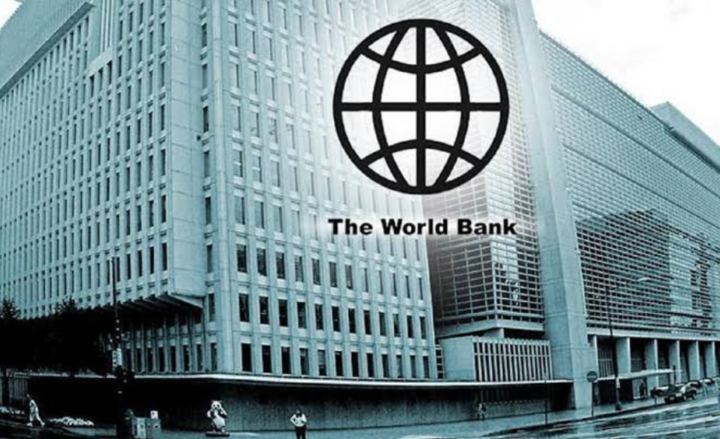In its recent Migration and Development Brief released in December titled “Leveraging Diaspora Finances for Private Capital Mobilization,” the World Bank underscored the impact of foreign exchange issues, specifically fixed exchange rates and capital controls, on remittance inflow in the Sub-Saharan region. The report, which was originally covered by Infostride News, highlighted the diversion of remittances from official to unofficial channels due to these exchange rate challenges.
The World Bank drew attention to Nigeria, noting that the Central Bank’s interventions in the foreign exchange market widened the gap between the official market rate and that of the parallel market until the liberalization in June. Despite the liberalization, recent pressures on the official market have once again expanded the chasm between the two rates. A similar situation was observed in Namibia, where the difference between the official and parallel market rates surged to around 90%.
The report specifically stated, “Fixed exchange rates and capital controls are diverting remittances from official to unofficial channels… In Nigeria, the Central Bank’s interventions in the foreign exchange market led to an increasing divergence of the parallel and official exchange rates until the liberalization program in June 2023 (World Bank 2023a).” It further noted, “However, resistance to the increasing pressure on the Nigerian naira coupled with limited supply of foreign exchange at the official window has led to the reemergence of the parallel market premium. Likely, the substantial parallel market premium has significantly diverted remittances to unofficial channels.”

Looking ahead to 2024, the World Bank projected a 2.5% growth in remittance inflow to the Sub-Saharan Africa region, reaching $55 billion. Nigeria, accounting for 38% of the inflow, experienced a modest 2% increase in remittance inflow in 2023, contributing $20 billion to the total $54 billion remittances to the region.
However, the institution warned that the forecast for remittance outlook could be negatively impacted by measures to control foreign exchange, parallel markets, and sanctions on certain countries.
Sub-Saharan African countries have been grappling with substantial exchange rate pressures for over a year. Many currencies in the region have witnessed significant depreciation against the US dollar, the primary currency for trade invoicing and managing external debt. On average, these currencies depreciated by 16% between January 1, 2022, and June 20, 2023.
In October, the World Bank identified Nigeria and Angola, the largest oil producers in Africa, as having the weakest-performing currencies on the continent. From December 31, 2022, to September 15, 2023, both the naira and the kwanza experienced substantial depreciation, losing nearly 40% of their value against the US dollar. In the case of Nigeria, the Central Bank’s decision to partially float the naira was cited as the primary driver behind the depreciation.
External factors, such as interest rate hikes in advanced economies and heightened global risk aversion, have played a significant role in driving these exchange rate pressures. These factors led to a reduction in net foreign exchange flows into the region, exacerbating the challenges faced by Sub-Saharan African countries in maintaining stable and resilient currencies.
Support InfoStride News' Credible Journalism: Only credible journalism can guarantee a fair, accountable and transparent society, including democracy and government. It involves a lot of efforts and money. We need your support. Click here to Donate
